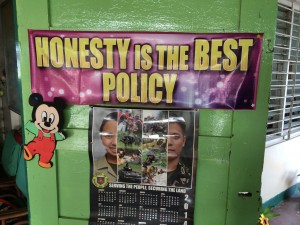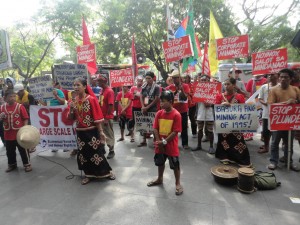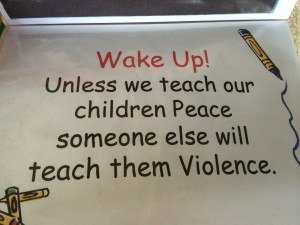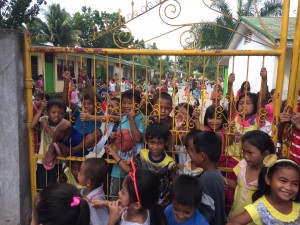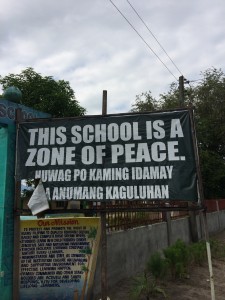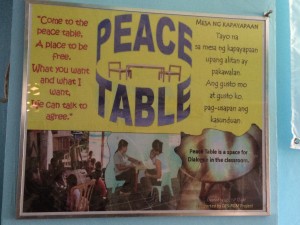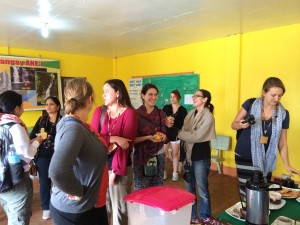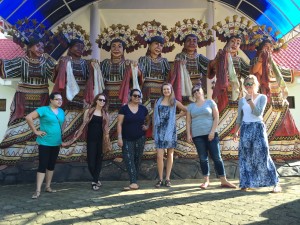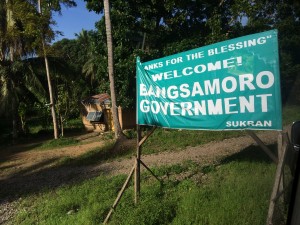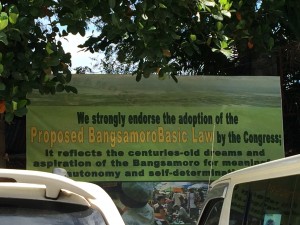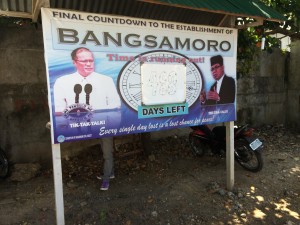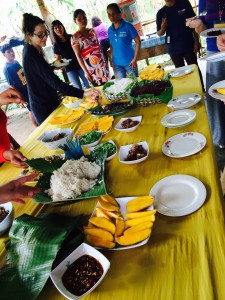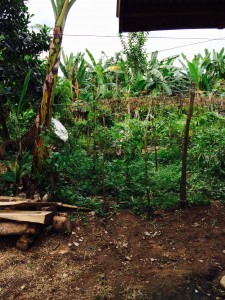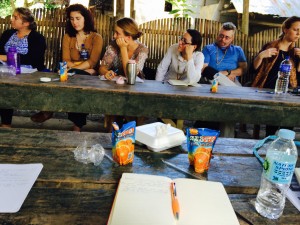In one of my previous blogs, I had mentioned the female mayor of city of Tulunan we had met. She said this thing that has stuck with me because it speaks to our inherent need to find a way to cope with our circumstances. She said “when you stumble, other people laugh and you laugh with them”, to put it in context, she mentioned this when we asked her why people giggle while talking about very serious topics. So you can see that the laughter is used to mask something that is too hard to deal with, it a coping mechanism. We all do it, because we need to find a way to make sense of something so unspeakable.
I have never experienced or know anyone that has experienced the kind of grief we heard about on the ground, but after coming back from Mindanao, I had to find a way cope with everything. Actually, I am not sure if I really have found a way. I don’t think I have completely made sense of everything for myself. Some things I have simply casted of as incomprehensible such as the unnecessary violence or the lack of responsibility on the government’s part. But, I can now understand why it is so important to make sense of things and be able put them in neat categories, it’s away to keep yourself sane.
Even while we were in Mindanao, the nightly debriefs helped sometimes and other times they didn’t. At certain points everything would become so overpowering and emotional, that our group would even use laughter to diffuse the built up thoughts. Our van became this place where we could come back and look at each other and understand that everyone was having a difficult time making sense of things, it became a place where we could cope using laughter and the world that we understood. Now I try everyday to find a way to understand and make sense of the atrocious things I hear in classrooms, not to place blame on something or someone but to understand why these things happen and how have we become so okay with it. I think the best way is to be honest to yourself and remind yourself to do your best.
